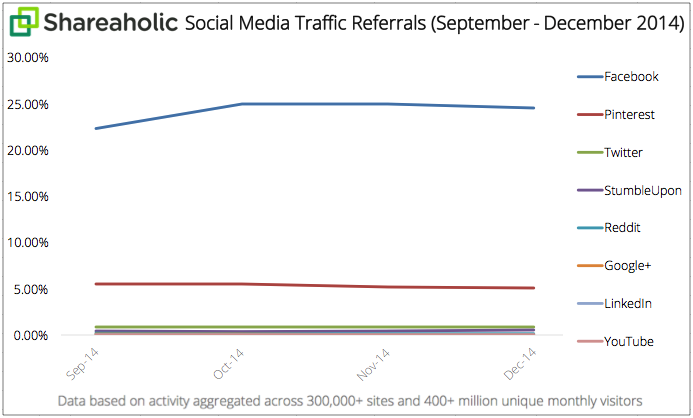 In the next few weeks, you are likely to lose at least a couple likes on your Facebook Page. It isn’t a sign people are losing interest in your brand however. Facebook has just announced they will stop including likes from memorialized and voluntarily deactivated accounts in the totals for likes on Pages.
In the next few weeks, you are likely to lose at least a couple likes on your Facebook Page. It isn’t a sign people are losing interest in your brand however. Facebook has just announced they will stop including likes from memorialized and voluntarily deactivated accounts in the totals for likes on Pages.
The company issued the warning in a blog post yesterday, saying the move will help give businesses more accurate information about the people following their Page and improve ad targeting efficiency.
As the post explains:
Over the coming weeks, Page admins should expect to see a small dip in their number of Page likes as a result of this update. It’s important to remember, though, that these removed likes represent people who were already inactive on Facebook.
According to Facebook, Page owners should not expect big drops. The average Pages should only lose a few followers, but any Pages who have paid for Likes or used other artificial means of inflating their total may see substantially larger losses.
Facebook is also warning Page administrators with an alert within Insights:

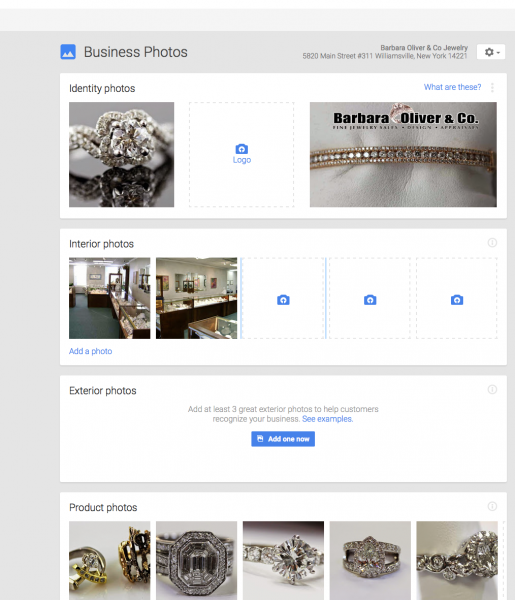
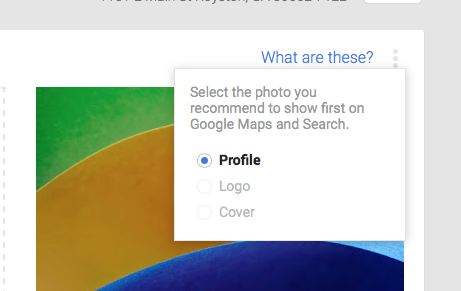
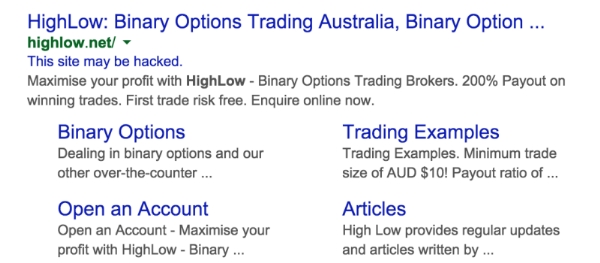
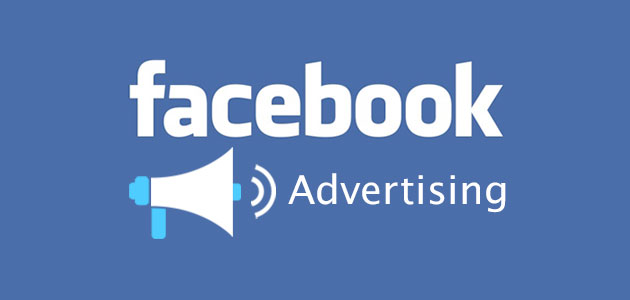
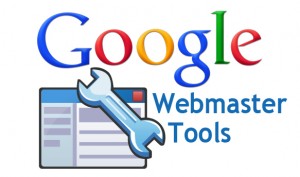 Google Webmaster Tools is usually the best friend for any webmaster trying to keep informed, but users have noticed the normally up-to-date service has not been updated in over a week.
Google Webmaster Tools is usually the best friend for any webmaster trying to keep informed, but users have noticed the normally up-to-date service has not been updated in over a week.
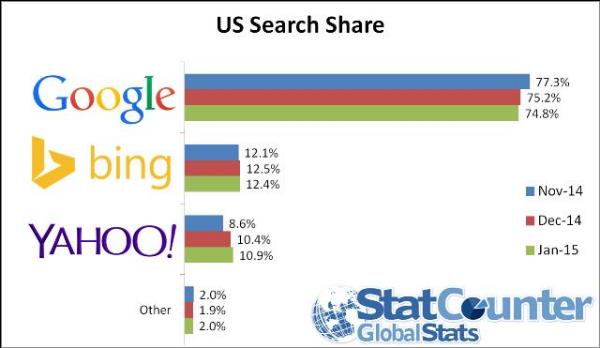
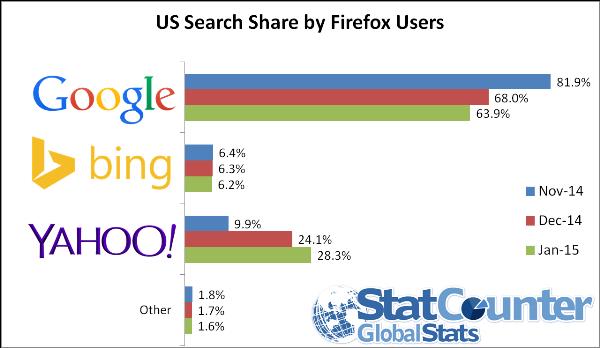
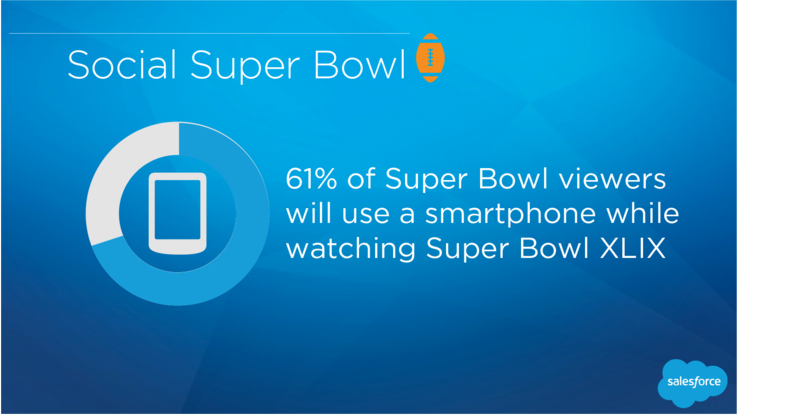
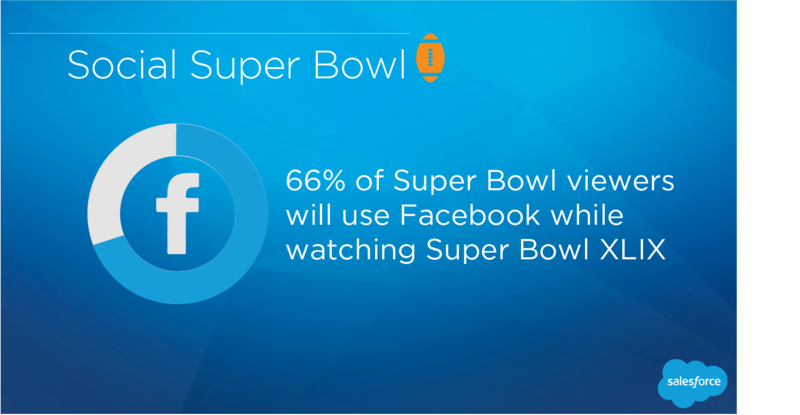
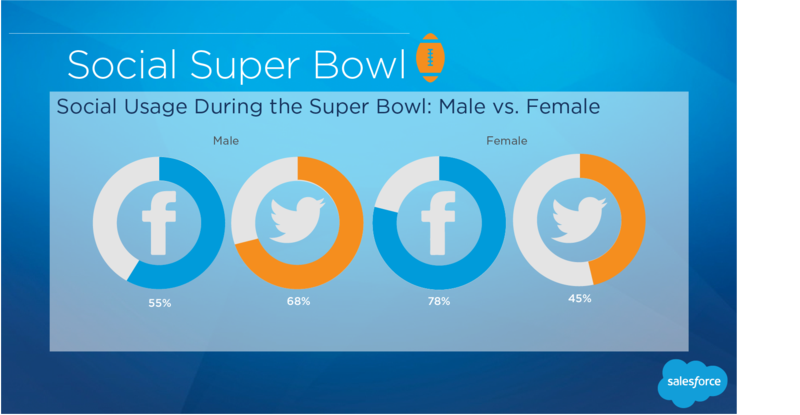
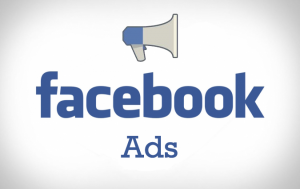 Facebook is making it a lot easier to measure the amount of new business you get from ads on the social media site,
Facebook is making it a lot easier to measure the amount of new business you get from ads on the social media site, 